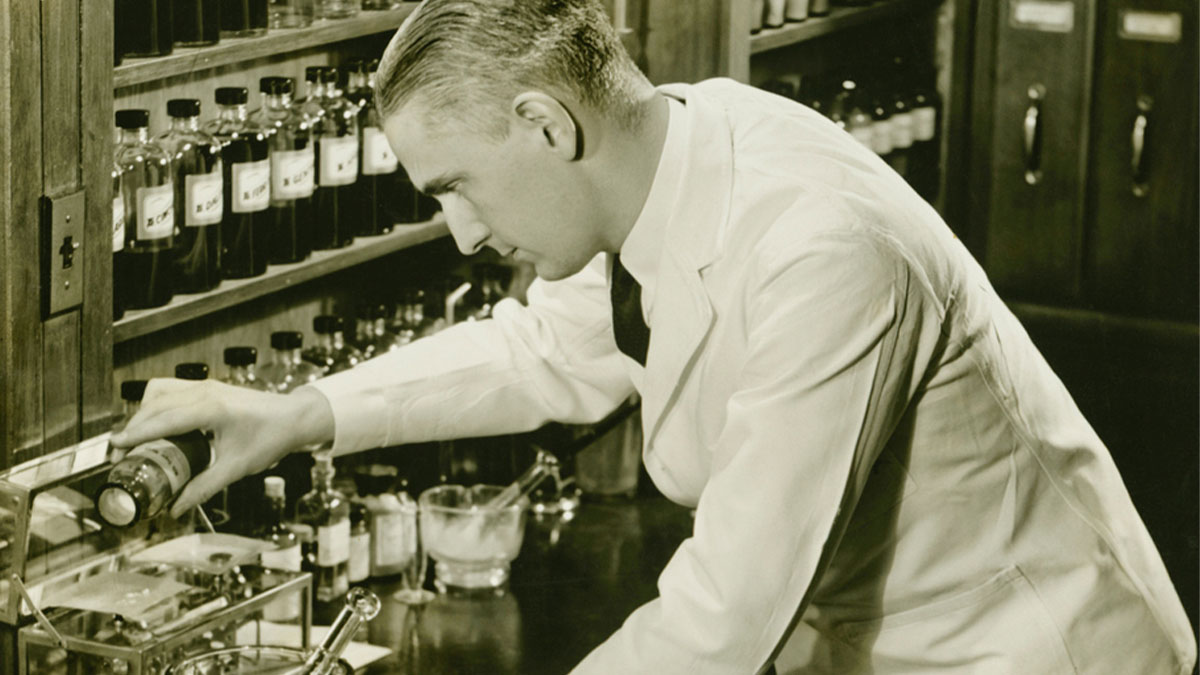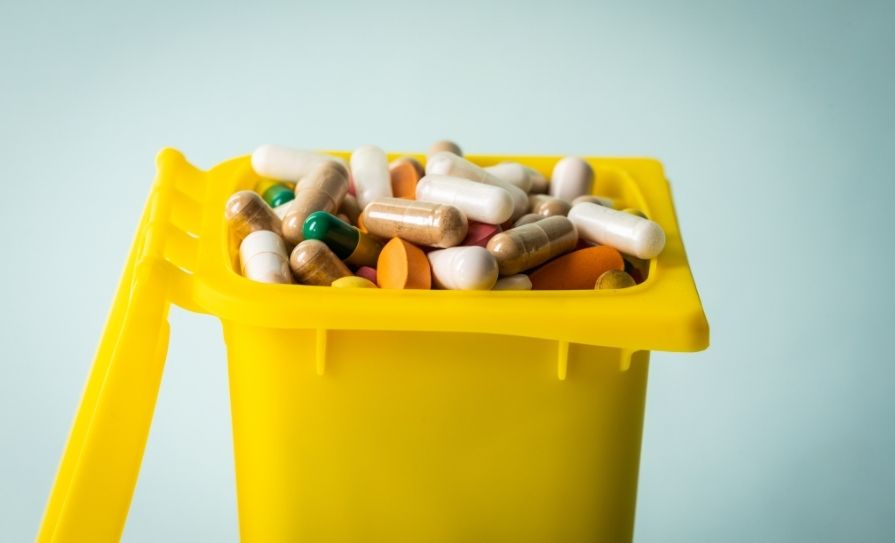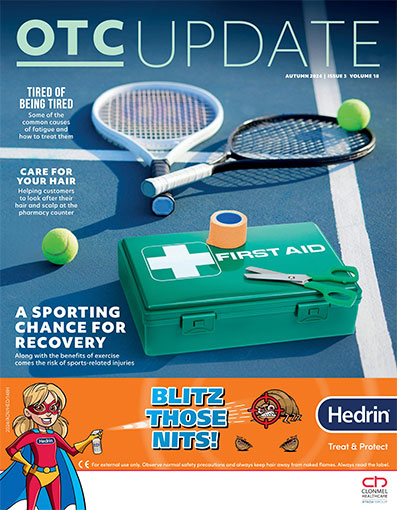Dr Bernard Leddy PhD MPSI takes a look over his shoulder at Aromatic Chalk and Opium Mixture BPC, a popular prescription in the 1960s and 1970s
This was a favourite prescription of some doctors in the ’60s and ’70s. It looks easy to make and was prescription-only, unlike its OTC counterpart Kaolin and Morphine Mixture. The ingredients are quite straightforward but if you didn’t mix them correctly, the whole thing could go horribly wrong, leaving you with a mortar full of Christmas pudding mix that was inexorably stuck to the pestle.
There was no way to retrieve the mixture once this had happened and it contained opium tincture, which had to be signed out of the Controlled Drug Register, which further complicated your dilemma. Tús maith is ea leath an chatha — ‘a good start is half the battle’. It certainly is with this mixture.

Weigh-out the tragacanth and aromatic chalk powder separately. Get a very big, dry mortar that can take at least two litres. Mix the tragacanth powder 4g with an equivalent weight of aromatic chalk powder by grinding them thoroughly in the mortar using a dry pestle. When they are mixed, add a further 8g of aromatic chalk powder and mix them thoroughly as before.
Then add a further 16g of aromatic chalk powder and mix as before. Then keep adding and mixing incremental amounts of aromatic chalk powder until it has all been thoroughly incorporated into the powder mix with tragacanth. Then slowly add the opium tincture in roughly 10mL aliquots with thorough mixing until it is all incorporated. Then add the other liquid ingredients in a similar manner until they are all thoroughly incorporated and mixed.
Next, calibrate your Winchester bottle. Accurately measure two litres of water into the bottle and stand it on a level surface. Stick a dispensing label onto the outside of the bottle just below the meniscus of the water and paint over the label with a brightly-coloured nail varnish and allow it to dry. When it is dry, gently peel off the dispensing label to reveal a permanent mark at two litres; the bottle may be reused many times.
Then make about one litre of chloroform water, then put a wide-necked funnel into the calibrated bottle. Then gradually wash the contents of the mortar, carefully transferring the residue to the bottle. This must be done carefully, otherwise the ‘point of no return’ is reached if too much chloroform water is used. When the pestle and mortar contain no residue, the mixing is complete.
The chloroform water is then used to make the volume up to two litres. When this is complete, put the cap on the bottle and shake thoroughly, then label the bottle, which may then be stored in the dispensary.
Bernard Leddy has been a registered pharmacist for 46 years. He is a graduate of UCL School of Pharmacy London, MSc and PhD in Heterocyclic Chemistry UEA, and served six years on the Council of the PSI, including one term as President.







